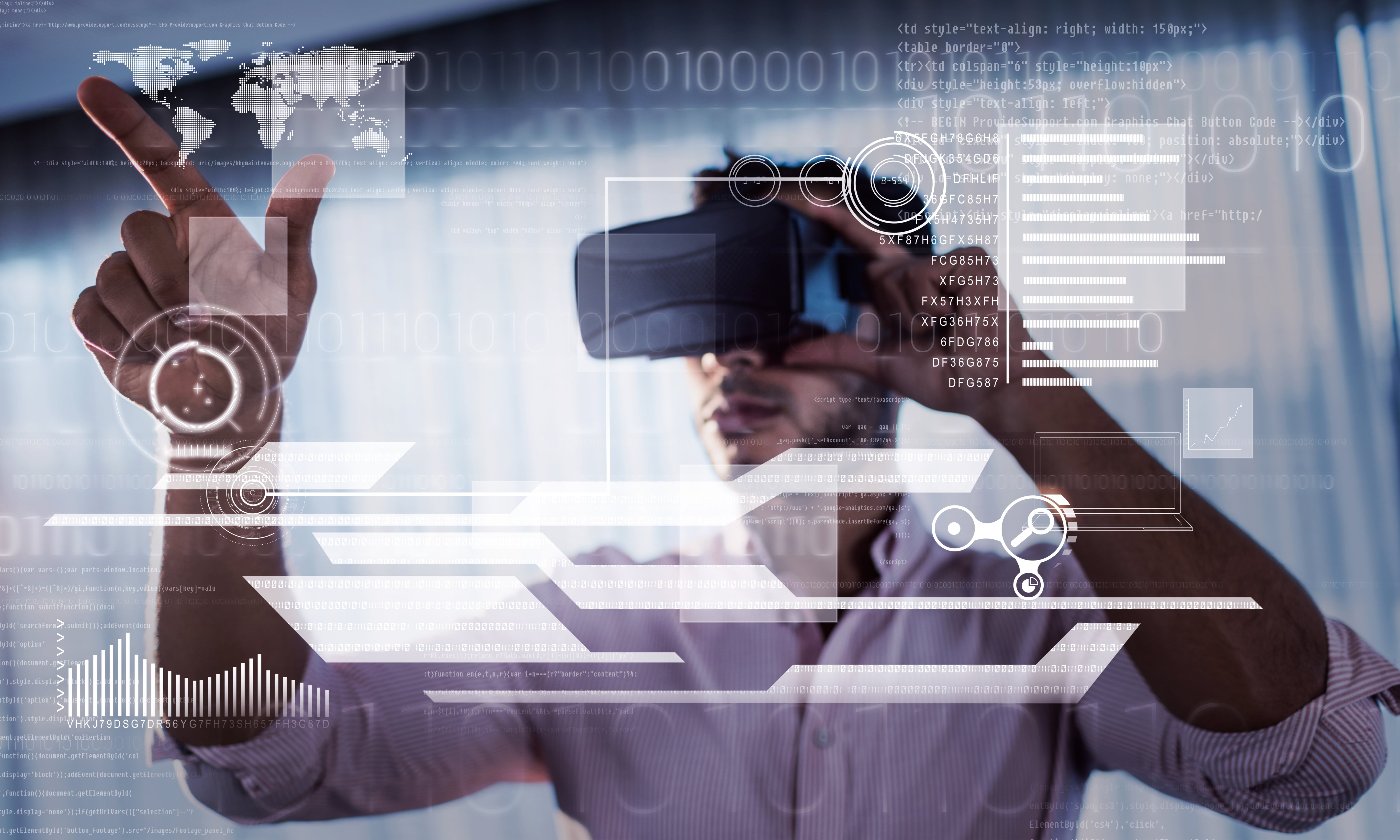Two Versions of Apple’s AR/VR Headset Are Coming — But Maybe Not Until 2025
 Credit: Ian Zelbo
Credit: Ian Zelbo
Toggle Dark Mode
A report earlier this month suggested that Apple is readying its first mixed-reality AR/VR headset for a June unveiling, but now it’s beginning to look like even if that happens on schedule, it could turn out to be little more than a sneak peek at a product that’s still more than a year away from release.
Last week, Mark Gurman of Bloomberg reported that sources had told him that Apple was preparing to show off the powerful new headset during its Worldwide Developers Conference (WWDC) in June, with the device expected to ship later in the year or possibly in early 2024. Gurman says this was a shift from earlier plans to hold a consumer-focused April event to whet people’s appetites and then cover the more technical, developer-centric details during WWDC.
However, while nobody is entirely ruling out a June reveal, venerable analyst Ming-Chi Kuo suggests that Apple may not ship the product until 2025.
While that’s much farther away than we had expected, it could be worth the wait. Kuo says Apple has two production models expected to launch that year, with a lower-end model that will be far more accessible to everyday consumers.
Standard and Pro AR/VR Headsets
As exciting as Apple’s first mixed-reality headset is sure to be, it’s expected to be a premium product akin to the Mac Pro, carrying a price tag of $3,000 or more that will be well out of reach for most folks. Some have even suggested that this first model will be targeted at commercial and industrial customers, which stands to reason as they’re the only ones who could easily justify such an expense.
Whatever Apple is going to call its mixed-reality headset, it’s clear that this one will be its “Pro” model, with reports saying it will be powered by a Mac-grade M2 chip and include a pair of 4K or 8K virtual reality displays — one for each eye — and an array of 15 camera modules to power the augmented reality aspects. With all that tech packed in, it’s little surprise that it will carry a price tag to match.
However, over the past few months, we’ve been hearing reports that Apple has a scaled-down model in development. Sources have been calling it the “second-generation” Apple headset, but if the company truly plans to release them around the same time, this could effectively be a standard model to sit alongside its more premium headset.
It’s a move that makes a lot of sense. Not only does this match the rest of Apple’s products — everything from the MacBook to the AirPods are divided along standard and pro lines — but it would also ensure that Apple’s first headset doesn’t get dismissed as a mere toy for people with large amounts of disposable income.
While Apple had made occasional missteps before when it came to product positioning, we’d like to think the company has learned from its mistakes. Further, there’s a big difference between a $349 niche product and a $3,000 niche product. It would be unusual for Apple to release a product with such a high price and relatively limited appeal without offering a more affordable option.
As with Apple’s other products, the standard headset would likely offer most of the same overall capabilities as the premium model, with key differences being in areas like camera and display resolution, memory, and processing power.
Suppliers are Getting Lukewarm
In a post on Medium, Kuo implies that one reason the headsets are being pushed into 2025 is that Apple’s manufacturers and suppliers have been losing enthusiasm for the project.
According to Kuo, Apple manufacturing partner Pegatron is “gradually withdrawing” from the headset project, likely transferring the work to a subsidiary over the next few weeks. While this will help reduce the cost of the headset and possibly even speed things up in the longer term, it will lead to some delays as the new manufacturer, Luxcaseict, tools up to take over the design and product aspects of the headset.

Many of Apple’s suppliers are more reluctant to devote resources to the mixed-reality headset project simply because the initial shipments are expected to be extremely low. Apple’s manufacturing partners make their money from production volume; cranking out hundreds of millions of iPhones is far more profitable than a couple hundred thousand headsets. It also doesn’t help that many analysts remain skeptical about whether this will become a growth industry or continue to be a relatively niche product.
Of course, Luxcaseict is working on Apple’s high-end headset, which is a riskier proposition. Apple’s lower-end headset is being developed and produced by Apple’s longer-term partner, Foxconn, which is likely more enthusiastic about the undertaking due to the promise of higher sales for the entry-level model. Kuo notes that the gamble could ultimately pay off for Luxcaseict and its parent companies, Luxshare and Pegatron, in the long run, but this should still be seen as a “potential warning sign for Apple,” which may need to work harder to get suppliers to continue cooperating in the development of the mixed-reality headset.
[The information provided in this article has NOT been confirmed by Apple and may be speculation. Provided details may not be factual. Take all rumors, tech or otherwise, with a grain of salt.]









